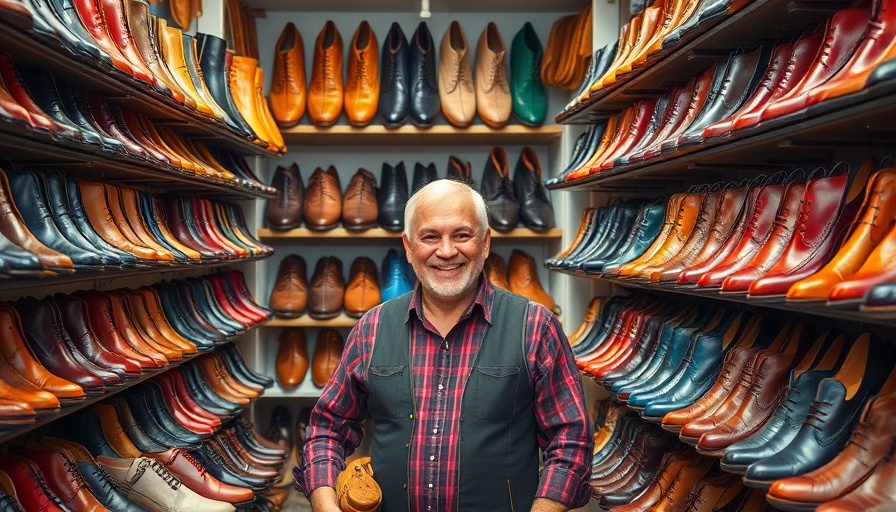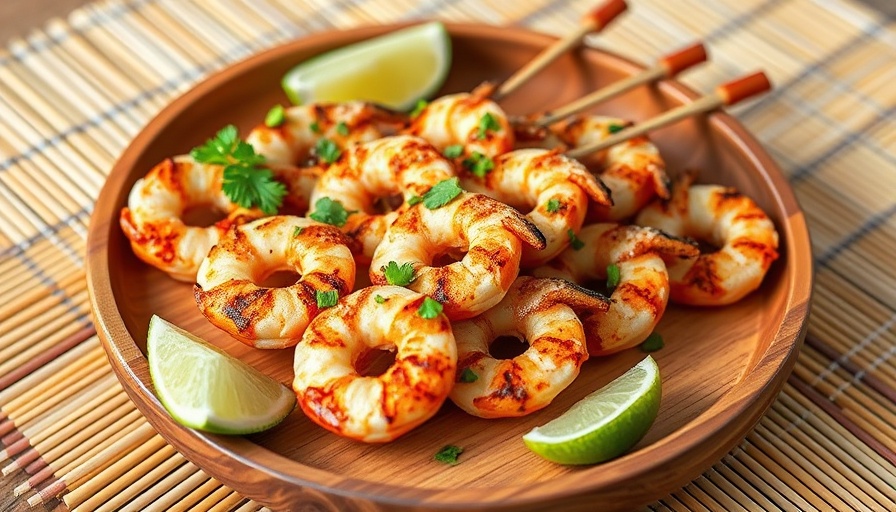
Debate Ignites Over Cultural Roots in Fashion
The recent collaboration between acclaimed Chicano designer Willy Chavarría and Adidas has sparked a significant debate as the fashion world witnesses the unveiling of a hybrid huarache that blends traditional craftsmanship with modern sneaker culture. Here in Los Angeles, where a passionate community embraces both culture and fashion, reactions have been swift and varied.
Local Voices Weigh In
Pedro Ramirez, a local huarache vendor at El Faro Plaza, expressed strong feelings about the collaboration, seeing it as a challenge to the history of these cherished shoes. For Ramirez, whose family has crafted huaraches for generations, the essence of the shoe lies in its cultural roots—he emphasizes the pride he feels to sell authentic pieces, each labeled “Hecho en Mexico.” “Our craftsmanship goes back decades, and we don’t want it distorted or reconstructed,” he remarked, underscoring a deep respect for indigenous artisanship.
Is It Cultural Appropriation or Appreciation?
This question hangs heavily in the air as the footwear trend gains traction across social media platforms. Many individuals are left pondering whether the collaboration undermines the traditions of huaraches or simply introduces them to a broader audience. With Chavarría’s design, which has attracted attention for attempting to modernize a classic, discussions about cultural respect and awareness become paramount.
Feeding the Divide: Different Perspectives
In the bustling Alameda Swapmeet, Rosario, owner of Vicky's Huaraches y Botas, mirrors Ramirez’s sentiments. She argued that while Adidas's interest in the huarache could have fostered pride within the community, its production in China feels deeply disheartening. “This could’ve been a beautiful opportunity to empower our culture, but instead, it feels like a loss,” she shared. Such perspectives reflect a broader sentiment among the community who believe authenticity matters not just in cuisine but in fashion as well.
A Lesson in Heritage
This conversation extends beyond footwear design; it’s a vital discussion about heritage and what it means to preserve culture. The huarache, historically rooted in regions such as Michoacán and Jalisco, embodies a rich history that doesn’t merely translate into profit margins. As Oaxacan Governor Salomón Jara Cruz noted, the design’s perceived appropriation—with claims it mimics the Yalálag style without proper acknowledgment—illustrates the need for greater awareness and respect for local artisans.
Building a Respectful Dialogue
As this controversy unfolds, it has opened the door to meaningful discussions about cultural representation. Many in the community hope that such conversations can lead to more collaborations that genuinely reflect the traditions they aim to celebrate. Rather than centering profits, future endeavors could prioritize authentic storytelling that honors the craftspeople behind the designs.
What's Next for Cultural Fashion in Los Angeles?
As we look toward the future, there’s hope for a relationship where cultural heritage and contemporary design coexist harmoniously. Discussions about these issues can pave the way for companies to engage authentically with communities, leading to enriching collaborations that enhance, rather than exploit.
Willy Chavarría’s latest release may have ignited this passionate discourse, but it also presents an opportunity for growth in the fashion industry—one that invites respect and appreciation, ensuring that heritage remains a vital part of its narrative.
Keeping these conversations alive is a responsibility shared by consumers, creators, and companies alike. Only through awareness and dialogue can we truly appreciate the diverse tapestries of culture embedded in everything we wear.
 Add Row
Add Row  Add
Add 



Write A Comment